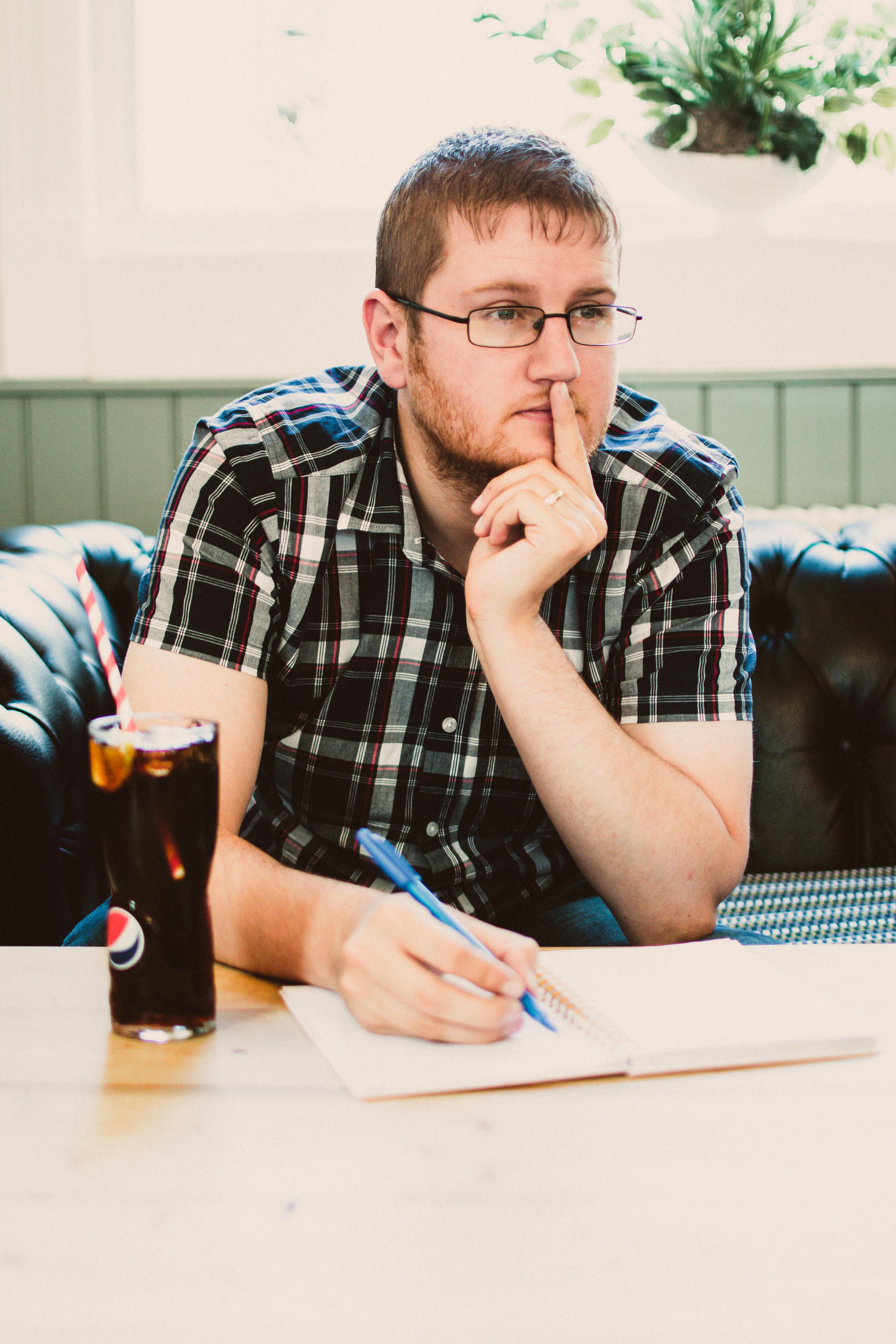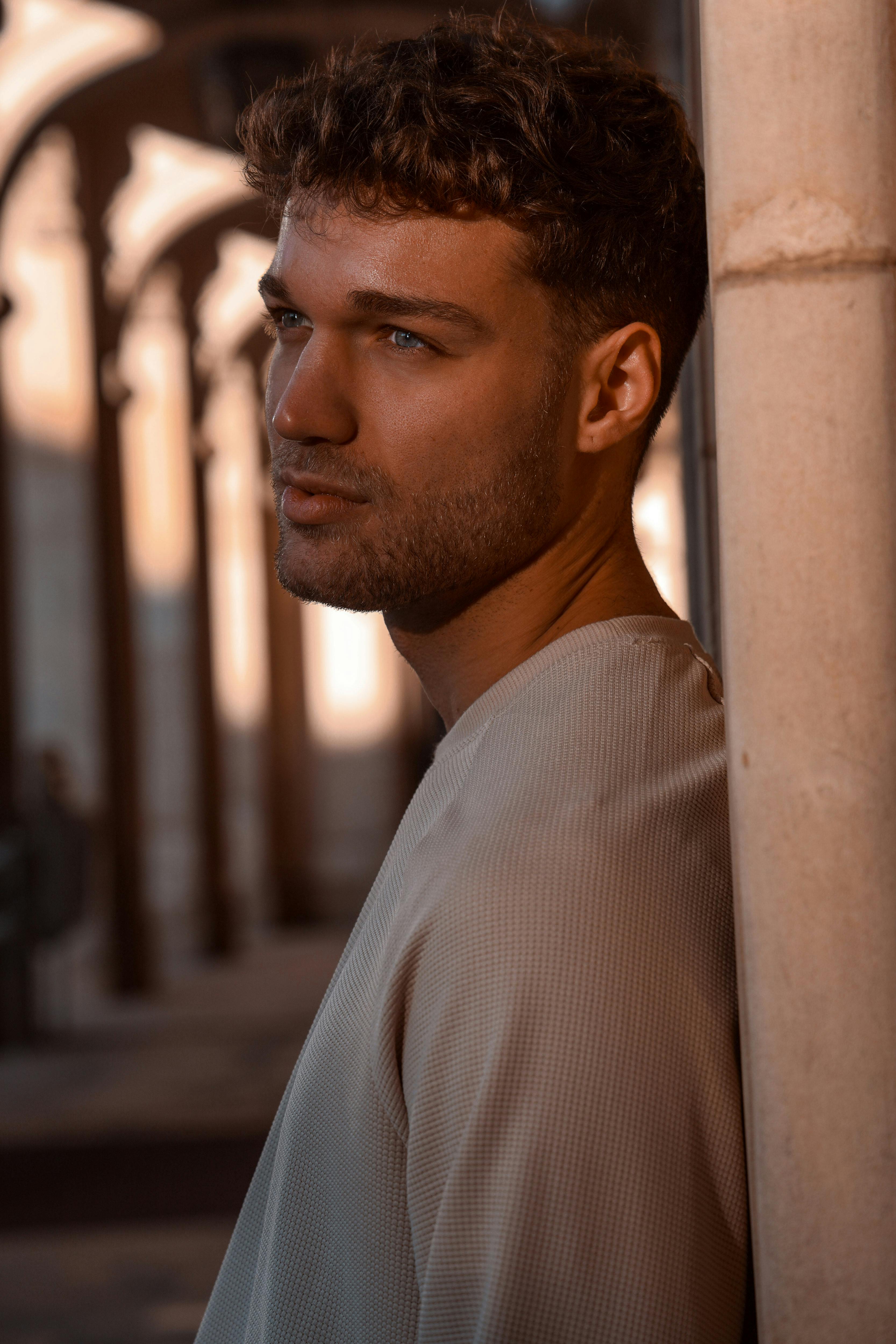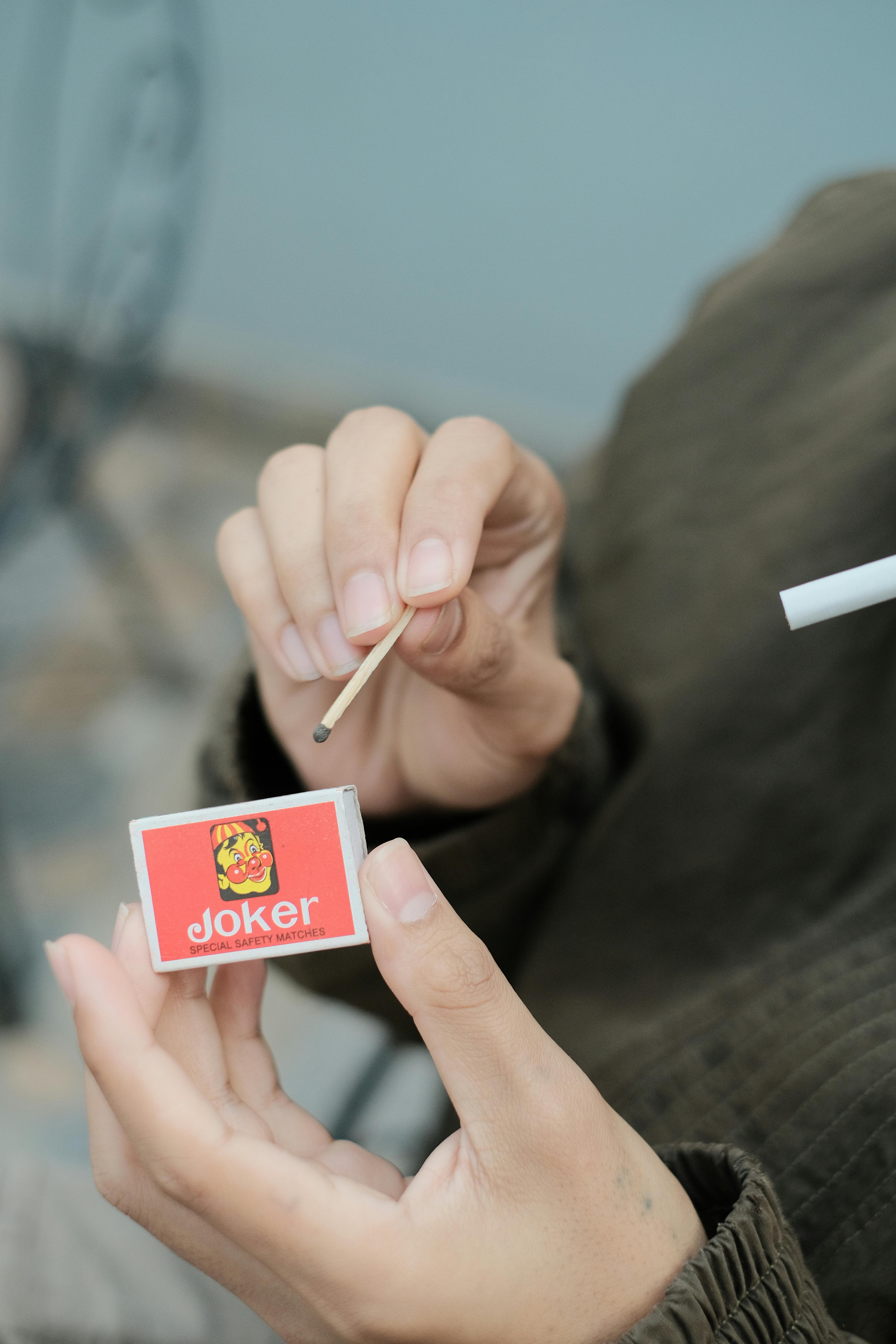Apply Now
Effective Techniques for Punch Reactions in Comics
Punch reactions in comics serve not only as a visual spectacle but also as vital storytelling instruments that shape characters and narrative dynamics. The impact of a well-executed punch can evoke emotions, highlight character traits, and propel the story forward. Understanding how to effectively convey punch reactions is crucial for comic artists and writers alike. This guide will explore essential comic art punch techniques, the symbolism behind punch impacts, and the dramatic significance within action sequences.
The interplay of visual and textual elements in depicting punch reactions creates a fascinating layer of comic storytelling. As we delve into the nuances of punch dynamics in comics, this article will also provide practical insights into how to elevate your comic punch techniques. From exaggerating punch effects to utilizing character expressions effectively, let's enhance your comic art skills.
Understanding Punch Dynamics in Comics
Punch dynamics in comics are crucial for emphasizing the immediacy and significance of an impact in a scene. Artists utilize various techniques to convey movement, energy, and emotional weight behind each punch. To illustrate effective punch dynamics, consider the following aspects:
Visual Representation of Punches
The rendering of a punch requires a keen understanding of anatomy and motion. Utilizing motion lines and impact effects can visually communicate the force behind a character's action. Also, varying the thickness of these lines enhances the kinetic energy portrayed. Artists often employ a staggered approach with panels to depict the lead-up, execution, and aftermath of a punch, exemplifying the emotional intensity involved.
Character Responses to Punches
A character's response to being punched conveys much about their persona. Whether through facial expressions, body language, or dialogue, each reaction effectively enriches the narrative. For instance, a surprised expression may indicate a vulnerable character, while a stoic demeanor could suggest resilience. Understanding these character arcs around punches provides depth to storylines and enhances reader engagement.
Exaggeration Techniques in Punch Depiction
One hallmark of comic art is exaggeration, especially in punch effects. Amplifying the size of a character's fists or the trajectory of the punch can create visually stunning representations. This exaggeration can also transition into humor; a comically oversized fist landing on a character’s head not only depicts the force but also lightens the mood within a dramatic scenario.

Creating Impactful Punch Moments
Dramatic moments in punch scenes are not solely about action; they also hinge on timing, page layout, and emotional resonance. Designing these moments requires a blend of visual storytelling with dynamic pacing. Here are some core aspects to consider:
Pacing and Layout for Punch Scenes
The layout of punch scenes significantly influences their impact. Employing varying panel sizes can create rhythm—smaller panels may illustrate rapid-fire punches, while larger ones can draw attention to significant punches landed. Artists should consider the juxtaposition of these panels with surrounding scenes to maintain a seamless flow that captures reader attention.
Symbolism Behind Punches
Punches often symbolize conflict, emotion, or transformation. Utilizing symbols in punch sequences can amplify narratives; for example, a character’s triumphant punch can signify overcoming inner demons. Recognizing the deeper meaning in punch storytelling enhances both character arcs and reader connections.
Impact of Sound Effects in Punch Sequences
Incorporating dynamic punch sound effects, such as "BAM!" or "THUD!" can greatly enhance a punch's visual representation. These auditory cues not only augment the action but also evoke emotional responses from the audience. Crafting punch sound representations anchored in the narrative enriches the comic's atmosphere and brings scenes to life.
Designing Humor in Punch Sequences
Humor has a unique place in punch storytelling. The light-hearted moments created by playful punch scenarios not only serve to entertain but also to develop characters further. Exploring humor within punch scenes requires an understanding of timing, context, and visual gags.
Character Dialogue and Punch Humor
The integration of witty dialogue during punch moments adds layers to comic narratives. Characters exchanging quips before or after a punch—whether as a comment on their surroundings or teasing their opponents—can create a humorous narrative that resonates with readers. Recognizing punch dialogue that balances comedy with action is essential for storytelling dynamics.
Visual Comedy in Exaggerated Punch Scenarios
In addition to dialogue, the portrayal of exaggerated reactions can amplify humor. A character slightly dodging an oversized punch provides an opportunity for comedic timing. Emphasizing facial expressions that contrast the action can elicit laughter while advancing the narrative. This blend of dynamic punch techniques and humor provides crucial emotional beats in comics.
Building Punch Humor Around Character Archetypes
Understanding your characters and their archetypes can also enhance humorous punch moments. For example, a serious character encountering a humorous punch situation becomes remarkably effective when juxtaposed against a more carefree counterpart. Exploring the relationship dynamics and applying humor strategically can yield significant character development, weaving humor with action seamlessly.

Innovative Visual Techniques in Punch Representation
With ongoing advancements in comic art, innovation in punch representation is continuously evolving. Staying attuned to current trends and techniques ensures comic creators can leverage these developments to enhance storytelling.
Digital Techniques for Punch Effects
Digital art tools have revolutionized how artists create punch effects. Utilizing software allows for sophisticated layering and the application of special effects, enabling artists to produce striking outcomes that traditional methods may not achieve. Embracing digital mediums encourages creative explorations in punch representation while maximizing clarity and visual impact.
Exploring Sequential Art Techniques
Sequential art techniques emphasize storytelling through a series of images. Artists should consider how punch sequences can unfold in a narrative arc, using varying perspectives and angles. This dynamic representation impacts how readers perceive motion and action while encouraging them to immerse themselves more fully in the story.
Reader Engagement through Punch Structures
Engaging readers involves understanding how they interact with visual and textual components in comics. Strategically structuring punch panels ensures that readers engage with the story, maintaining their attention while guiding them through intense action sequences. A clear flow from one punch to another reinforces reader engagement while utilizing visual punch storytelling effectively.
Q&A: Punch Reactions in Comics
What are the key elements to depict in a punch sequence?
Key elements include character positioning, movement representation, facial expressions, and sound effects. Combining these aspects creates an engaging scene.
How can humor enhance punch storytelling?
Humor lightens the tension of action scenes. Integrating witty dialogues and comically exaggerated reactions can make punch moments memorable while enriching character interactions.
What techniques can improve the visual clarity of punch effects?
Utilizing contrasting colors, bold outlines, and dynamic motion lines helps clarify punch impacts. These elements draw readers’ attention to crucial moments in action scenes.
How does punch representation affect reader perception?
Effective punch representation can evoke strong emotional responses, influencing how readers connect with characters and the overall narrative. Engaging representation immerses readers in the action, promoting a deeper investment in the story.
Can cultural elements influence punch impact in comics?
Absolutely! Cultural contexts shape how punch reactions are interpreted. Integrating cultural symbolism and humor within punch representation deepens relatability and enhances the comic's impact.
Its part of generated content. Can i generate another part?


